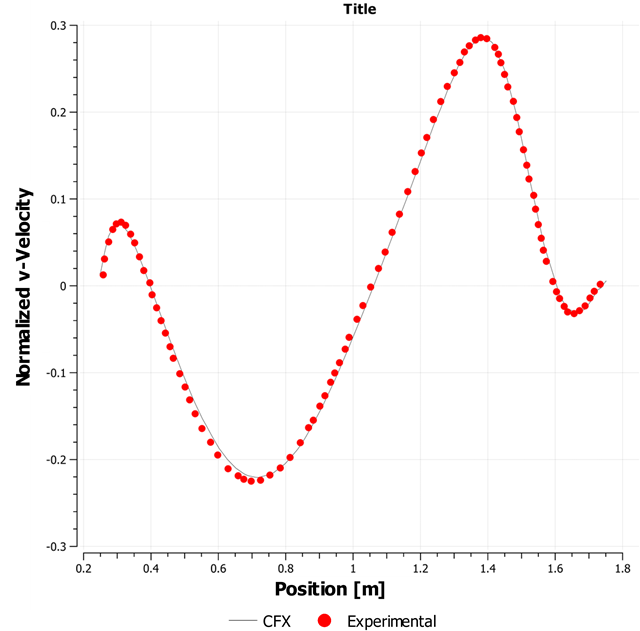VMFL054
VMFL054
Laminar
flow in a Trapezoidal Cavity
Overview
| Reference |
J.H. Darr, S.P. Vanka. “Separated Flow in a Driven Trapezoidal Cavity”. Phys. Fluids A, Vol. 3, pp. 385-392, 1991. | ||
| Solver | Ansys Fluent, Ansys CFX | ||
| Physics/Models | Viscous flow, driven by a moving walls | ||
| Input File |
| ||
| Project Files | Link to Project Files Download Page |
Test Case
Laminar flow induced by the motion of the top wall of a trapezoidal cavity. The top and bottom walls move but the side walls are stationary. The height of the cavity h is 1 m. The widths of the top and bottom walls are 1 m and 2 m, respectively (Figure 133: Flow Domain).
| Material Properties | Geometry | Boundary Conditions |
|---|---|---|
|
Density = 1 kg/m3 Viscosity = 1 kg/m-s |
Height of cavity = 1 m Width of the bottom base = 2 m Width of the top base = 1 m |
Velocity of the base walls = 400 m/s Other walls are stationary |
Analysis Assumptions and Modeling Notes
The flow is steady. A pressure based solver is used. A triangular mesh of 4016 cells is used to discretize the domain.
Results Comparison for Ansys Fluent
The u-velocity profile at the vertical centerline of the cavity and the ν-velocity profile at the horizontal centerline of the cavity are compared to Darr and Vanka results. Velocity is normalized by velocity of the moving wall.




